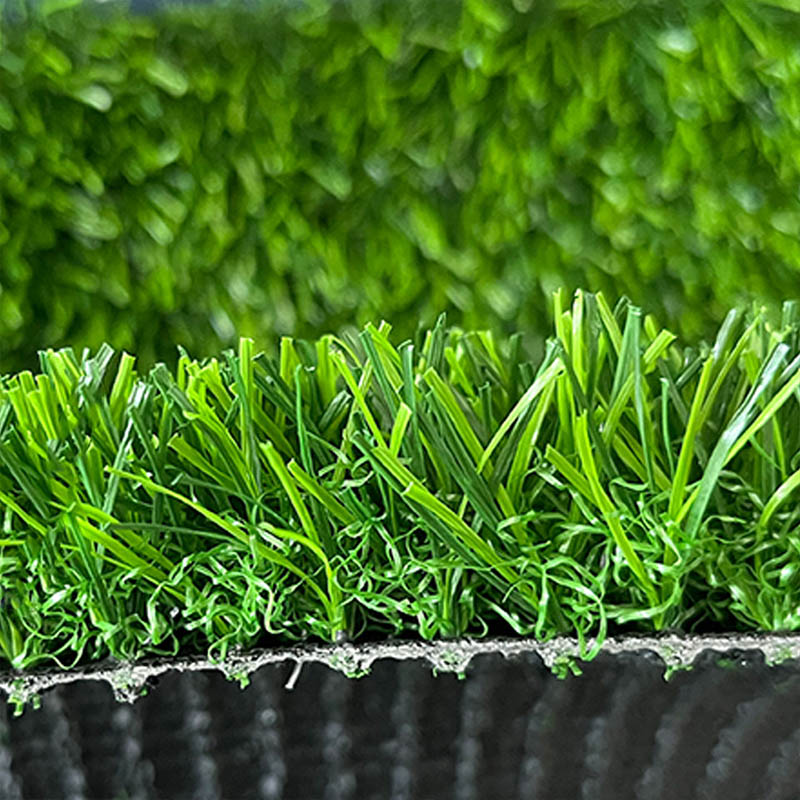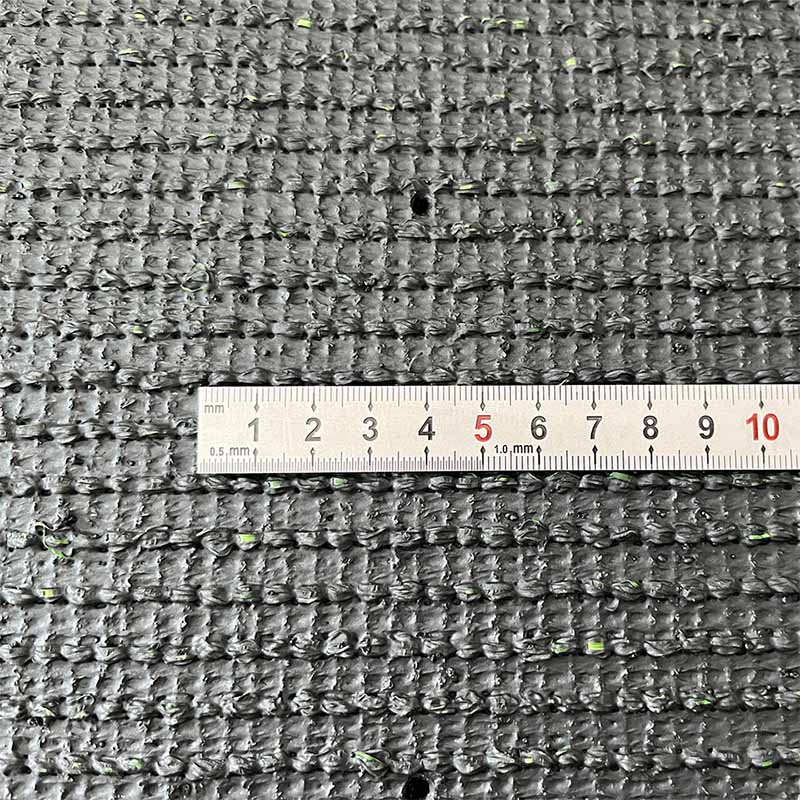While a beautiful natural lawn is undoubtedly a valuable asset to a home, it is not easy to find. Lawns require constant mowing during the growing season, regular weeding throughout the year, and yearly tending to keep them lush. Even with all this work done, dogs can quickly ruin a perfectly good yard with their grass-killing piss and destructive digging.
Artificial turf is an option for those who don’t want to spend hours and hundreds of dollars trying to get the perfect natural turf. Artificial turf stays green all year round and can resist dog abuse. They drain well and are treated with antimicrobials to prevent the lingering smell of pet excrement. They are also unpretentious in care and do not require regular chemical treatment.
The use of artificial synthetic grass for dogs often requires careful planning and research into different products. Read on to learn more about the characteristics that dog owners consider when purchasing artificial grass, including material, mound height, density and drainage, and more.
The material is a key factor when choosing the best artificial grass for dogs. Grass sheets are made from polyethylene or polypropylene so that they can withstand foot traffic and inclement weather, and are not damaged by pet urine.
Beneath the grass layer, the turf has an infill that serves two purposes. It should have holes that allow it to drain, preventing urine from seeping into the grass and creating a bad smell. The padding also makes the grass firmer, making it more comfortable for owners and pets.
The pile height of artificial grass refers to the length of the blade of grass. Stack height can vary from 20mm to 40mm or more. The bottom pile will drain faster but with less cushioning. Higher pile grass provides a softer, softer feel and lasts longer.
In addition to the height of the stack, the density of the turf also differs. Density is measured as the surface weight of the turf, which is determined by the weight per square yard of the turf (in ounces per square yard). The density of artificial grass typically ranges from 40 to 80 ounces per square yard. The denser the lawn, the more resilient and durable it will be. Keep in mind that taller, denser grass costs more.
Since most artificial turfs spend time outdoors in the sun, it is important that they are resistant to UV rays, which can quickly cause colors to fade. The premium pet artificial turf is UV resistant, ensuring the green color doesn’t turn undesirably yellow in the summer sun.
Artificial grass turf is available as a mat or roll. Large sheets of natural artificial grass come in carpet-like rolls, making them easy to install. These rolls can vary in width from 2m to 4m and can be customized long.
When a dog defecates, fluids need to go somewhere, so it’s important to consider drainage when choosing pet artificial grass. The outdoor artificial grass base must have holes to allow liquids to drain to the ground below. Well-drained artificial grass is also better at preventing urine smell in the grass.
Caring for artificial turf is almost effortless. To clean synthetic turf, periodically flush it out with a garden hose to remove dirt that has accumulated on its surface.
Since artificial pet turf is designed to handle pet excrement, we only choose models with a large number of quick drain holes to prevent dog urine from collecting on the turf and creating an unpleasant odor. Artificial grass also needs to be comfortable and durable, which is why most of our grasses have a blade height of around 40mm and a density of 60 ounces or more.
Installing artificial grass for dogs has many benefits. Not only is artificial turf easy to care for and clean, it also helps keep your home clean because it doesn’t create dirt or grass clippings that allow dogs to enter your home. Simply hose down your lawn to remove urine and residual solid waste.
Artificial grass carpet also helps to reduce the number of pests in the area. Unlike real grass, it prevents insects such as fleas, ticks and ants from nesting and breeding. Also, unlike natural grass, your dog cannot damage artificial grass by digging it up or killing it with urine.
There is a lot to learn about artificial turf. If you want to know if dogs can take second place on artificial turf, or how to clean the lawn properly when they do, keep reading.
Yes, dogs can urinate and defecate on artificial turf just as they can on natural grass. Because the artificial turf has a drainage function, you don’t have to worry about cleaning it with urine. Just rinse with rain water.
Use a stiff brush to remove leaves, dust, or dirt, and sweep the grain to keep the grass upright. Rinse the grass with a hose to remove any remaining manure or dirt.
Post time: Aug-18-2023













